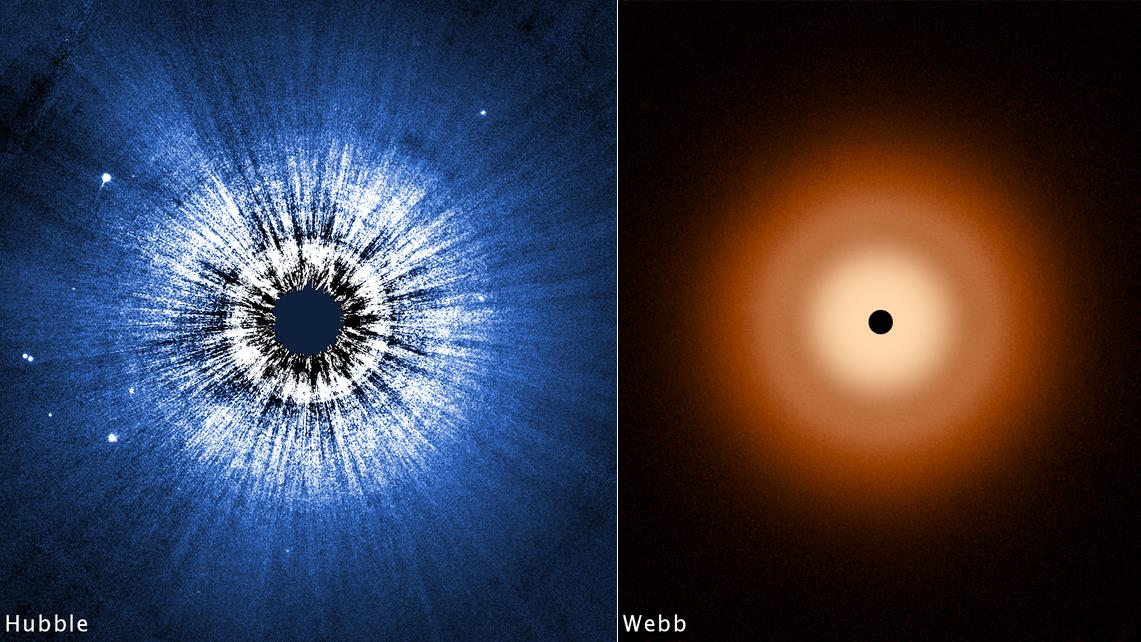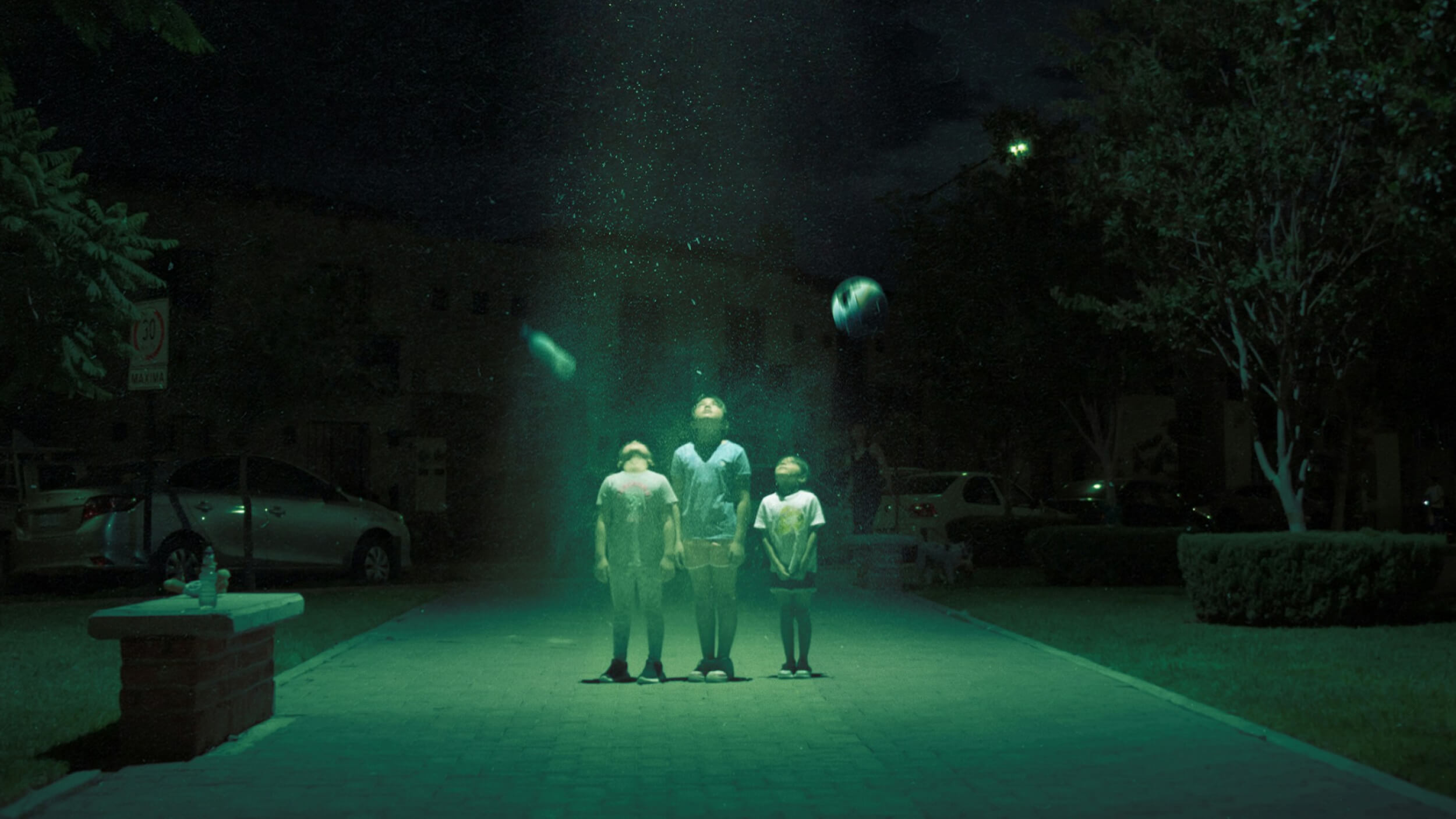Preparing for Alien Life
What the first signs of life beyond our Solar System will look like.
Image credit: Tanga et al., 2012.
“Language… has created the word ‘loneliness’ to express the pain of being alone. And it has created the word ‘solitude’ to express the glory of being alone.” –Paul Tillich
Recently, the John Templeton Foundation ran a series of articles asking one of the biggest questions of all: Are We Alone in the Universe? One of the articles in particular I was a big fan of, but would have liked to seen go longer and more in-depth. You see, we have every reason to not only believe that some form of life is quite common in the Universe, but that if we get lucky, we’re going to find it in the next two decades, tops.
Let me explain.

Everywhere we look in the Universe, we see evidence that the same cosmic story is unfolding, from nearby stars to neighboring galaxies to distant clusters across the Universe. We see the same laws of physics, the same physical phenomena, and a shared history that cuts across the billions of light years that separate us.
We see a Universe that began from a hot, dense, expanding state,
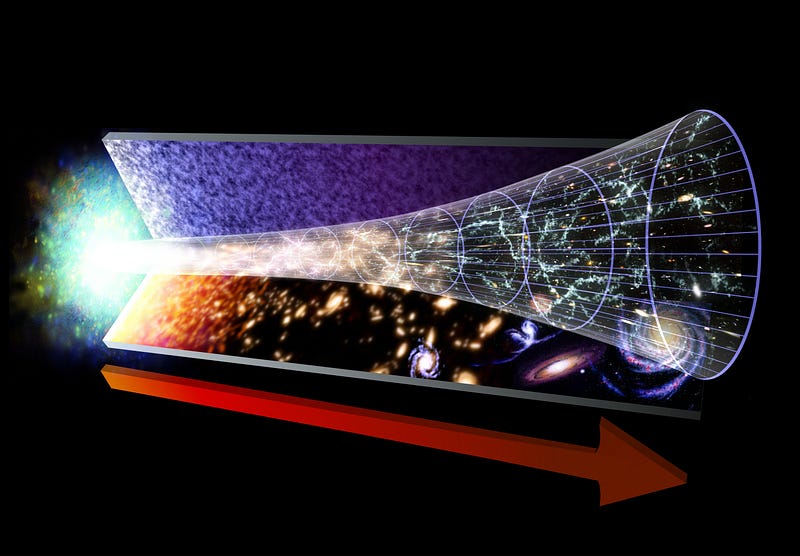
where matter won out over antimatter,

where stable atomic nuclei and then neutral atoms formed,
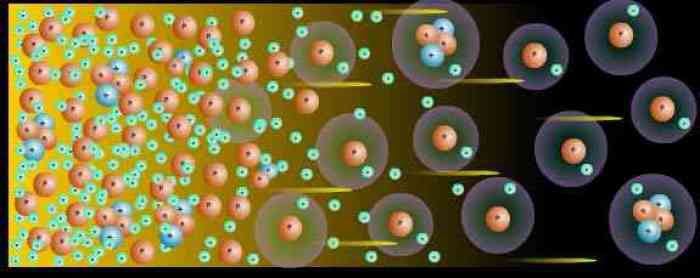
where gravitational collapse caused the first stars to form,

where the heavy elements formed in their cores were recycled back into interstellar space when those stars died in supernova explosions,

where complex molecules arose from multiple generations of stars spilling their innards back into deep space,

where later generations of stars formed with planets, moons, asteroids and comets around them,
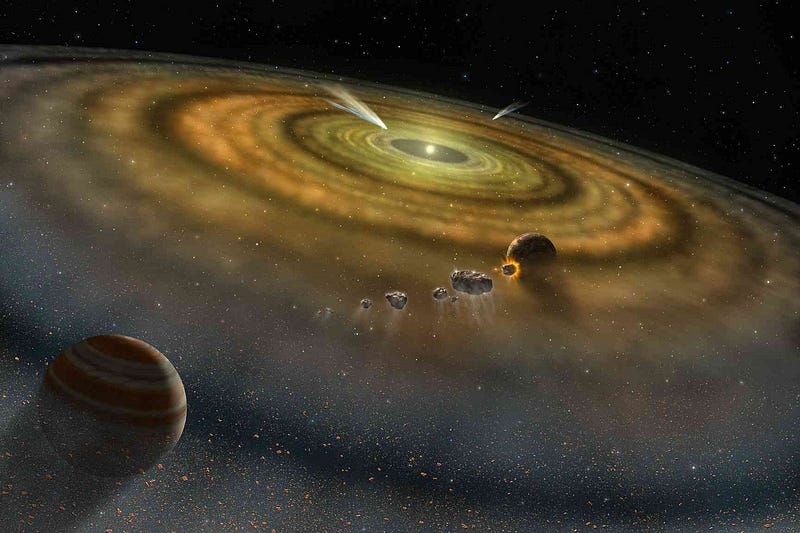
and where the ingredients essential to life are ubiquitous.
This is the consistent cosmic story that we see cutting across the entire observable Universe, from nearby stars to distant nebulae to the galactic center to other galaxies, as far as our technology allows us to observe. Over the last two decades, we’ve discovered the first planets around Sun-like stars. While initially we tended to discover hot, giant planets in close orbits around their stars, that turned out to be solely because those types of planets are the easiest to observe: they causes the largest “rocking motion” (or stellar wobble) of their parent star due to gravitation, and they also block the most amount of light if they happen to have the right alignment to transit in front of their star’s disk relative to our line-of-sight.
It’s the planets and planetary candidates that are found via this latter method — the planetary transit — that are likely to be the first planets found that harbor life. This isn’t because planets that transit in front of their stars relative to us are more likely to contain life, but rather because it’s easiest to detect a surefire sign of life using this method.
Even though there are many conceivable chemical reactions that can give rise to life, and many possible signatures that life would leave behind as a by-product, there are a great many abiotic processes that we’d have to rule out. In addition, there are a great many properties of Earth that — although we could see them from a distant star — aren’t necessarily indicators of life.
From a long distance away, we could find, with a large enough telescope, that Earth contained:
- oceans and continents,
- an active, variable-cloud-cover atmosphere, and
- polar icecaps that grew and shrank with the seasons.
But none of those are necessarily indicative of life. However, there is a signature that Earth possesses that, as far as we know, couldn’t occur on a planet that didn’t have life.
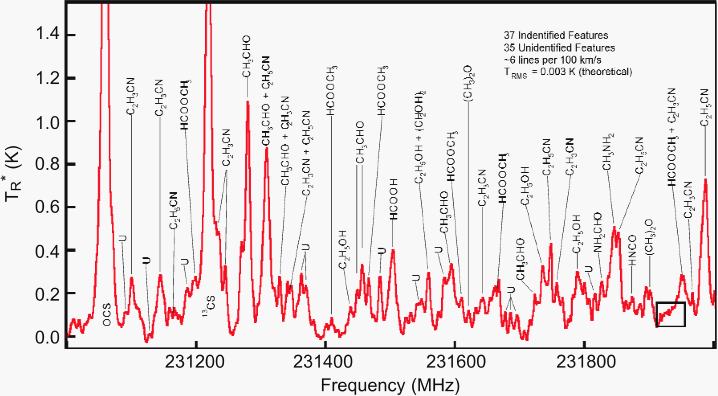
You see, every atom and molecule in existence has a signature spectrum that’s unique to that configuration. Hydrogen, helium, lithium and all the elements of the periodic table have specific wavelengths of light that they absorb and emit, corresponding to the atomic transitions that can occur within those atoms, with all other transitions being forbidden. This is true of molecules as well, including the nitrogen, water vapor, carbon dioxide and ozone in the Earth’s atmosphere.
All of those molecules could be the result of either organic or inorganic processes, but there’s one component of Earth’s atmosphere that couldn’t have arisen through inorganic processes, and that’s oxygen.
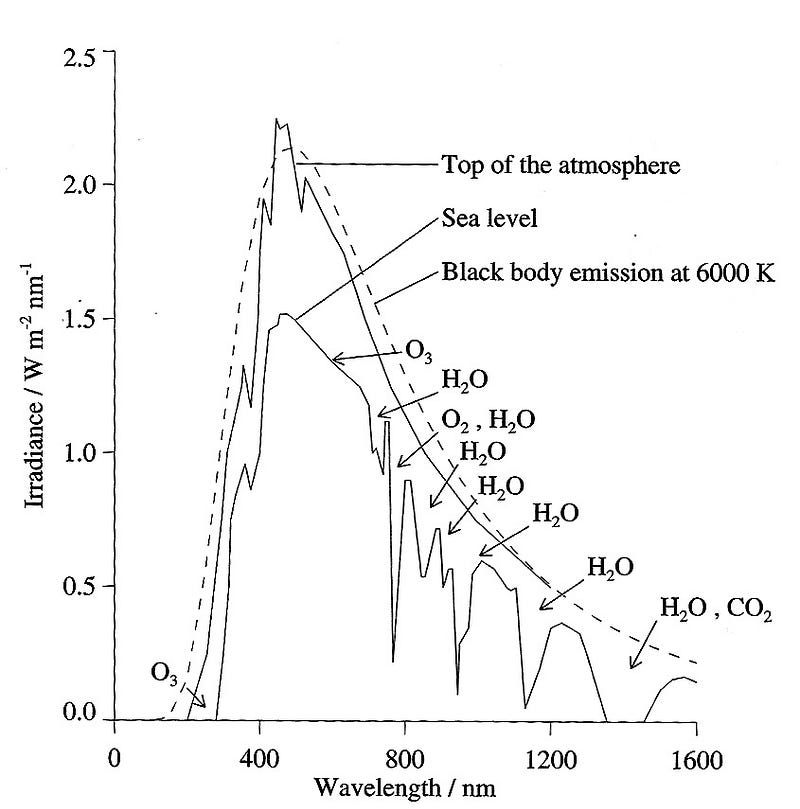
There are only a few ways to produce oxygen abiotically, mostly from the high-energy dissociation of other molecules, and even then that only produces it in trace amounts. Here on Earth, however, our atmosphere is a tremendous 21% oxygen, and that percentage has been signficant (at 10% or above) for some two billion years. Although not every planet that has life on it will have a large oxygen content in its atmosphere, every planet that has a large oxygen content in its atmosphere has, at the very least, a history of life that gave rise to that oxygen!
So how, then, would we detect oxygen on a planetary atmosphere?

We couldn’t do it the same way we do it here on Earth; the light coming from an individual, rocky planet in another solar system is far too faint to be seen with not only existing telescope technology, but with any of the telescopes proposed to be built over the next generation. But we are expecting huge upgrades in telescope technology over the next decade or two: the largest, most powerful telescope in space will go from Hubble, at 2.4 meters in diameter, to James Webb, which will have a primary mirror that’s 6.5 meters in diameter, with five times the light-gathering power!

In addition to that, the current generation of 8-to-10 meter ground-based telescopes will be superseded by 20-to-35 meter telescopes, providing not only additional light-gathering power but also increased resolution. Examples include the Giant Magellan Telescope, the Thirty Meter Telescope and the European Extremely Large Telescope projects.
This improvement in sensitivity means we’re going to be able to detect smaller effects, find smaller planets around larger stars, and many other advances. But perhaps the greatest advance towards finding a planet with oxygen on it — and hence, life — will occur where we have rocky, Earth-sized planets transiting in front of their stars.

You see, when a planet passes in front of its star, it not only blocks a fraction of the starlight coming from the star, it also allows a tiny amount of that starlight to pass through the planet’s atmosphere, streaming on into the Universe towards us! Just as the Moon turns red during an eclipse because sunlight passes through the Earth’s atmosphere, so should we be able to see tiny absorption signatures corresponding to different elements when distant starlight passes through a transiting planet’s atmosphere.
So far, with present technology, we’ve been able to find signatures like water in the atmospheres of Neptune-sized planets.
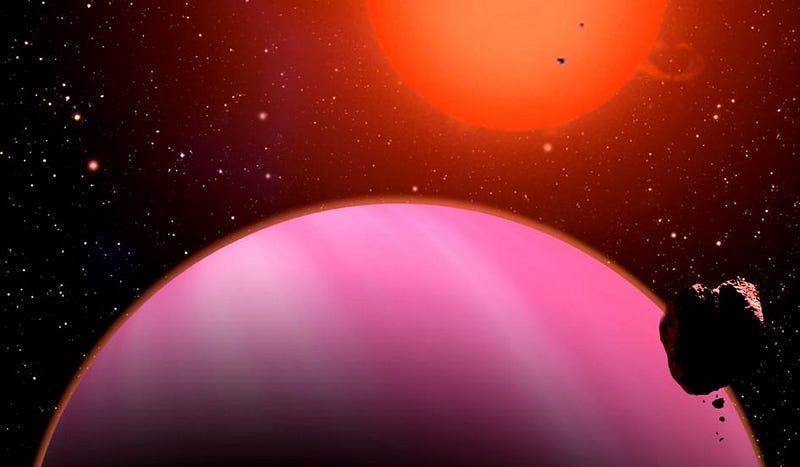
But what the next generation of telescope advances should bring us is the ability to find those same types of signatures around Earth-sized planet, and we should be able to find those signatures around stars up to perhaps 25-to-30 light years away, or conceivably even farther! Given that we have some 300 stars within that conservative distance alone, and given that some of those planetary systems are bound to have a fortuitous alignment with our line-of-sight, we’re going to have the first opportunity, if oxygen-producing life is really abundant in the Universe, to find our first planet with alien life within a single generation.

If the Universe is kind to us, the first signs of life beyond our Solar System will not only teach us that we’re not alone, but that the optimists have it right. Life might not only exist on planets other than Earth, it might be more common than most of us have dared to dream.
Read the entire “Are We Alone?” series over at Slate, and the original piece that spawned this one in particular. I’d like to thank Sara Seager, Dave Charbonneau and Alex Berezow for all their help in producing the original piece, and for the tremendous opportunity to learn about the frontiers of hunting life on exoplanets.
Now, leave your comments at the Starts With A Bang forum over on Scienceblogs!


